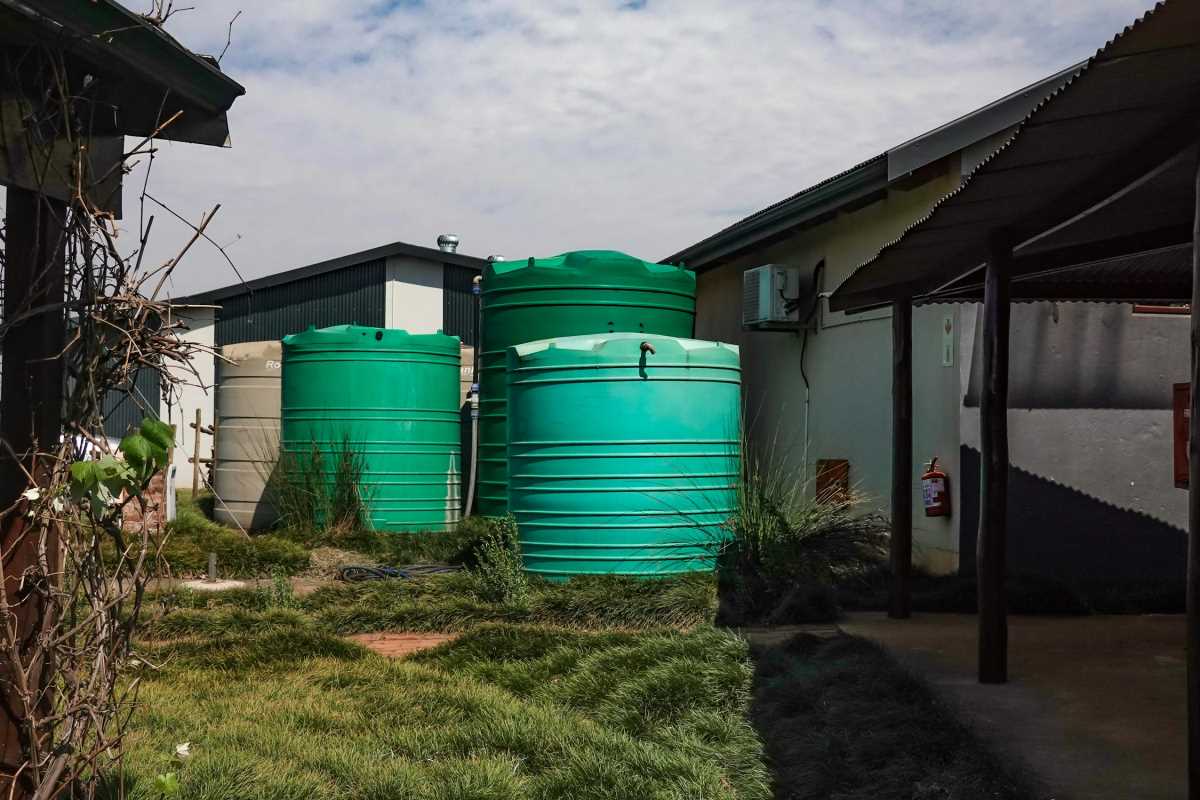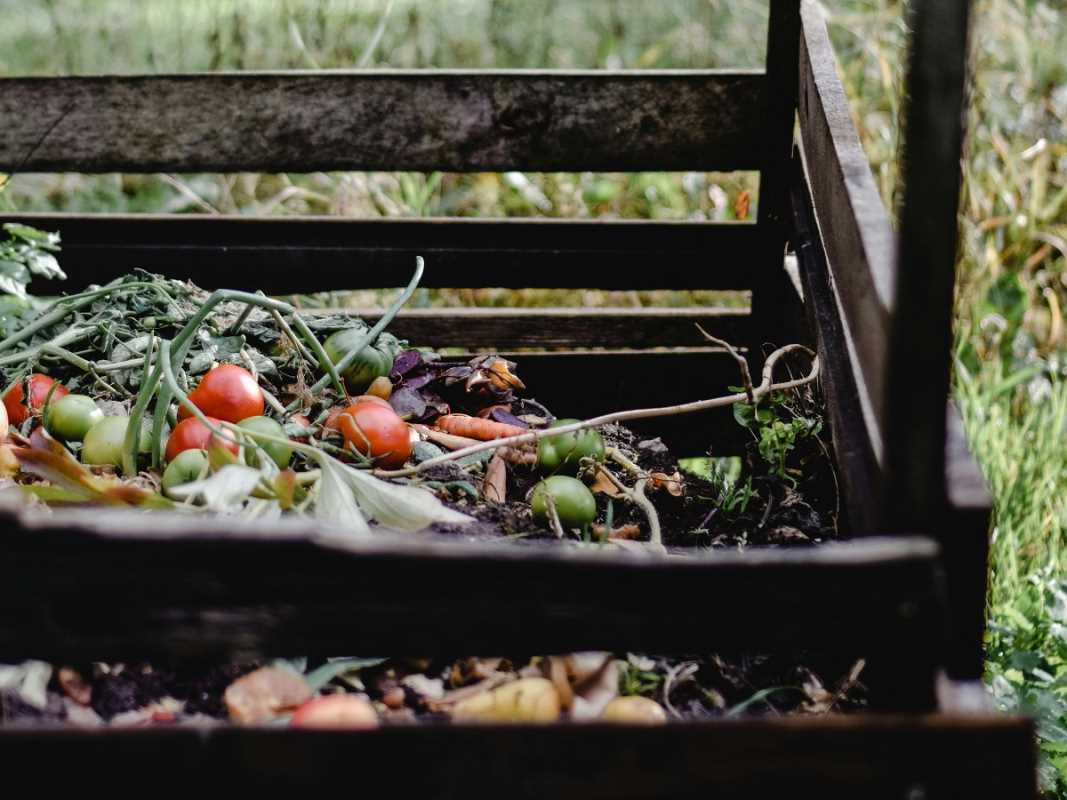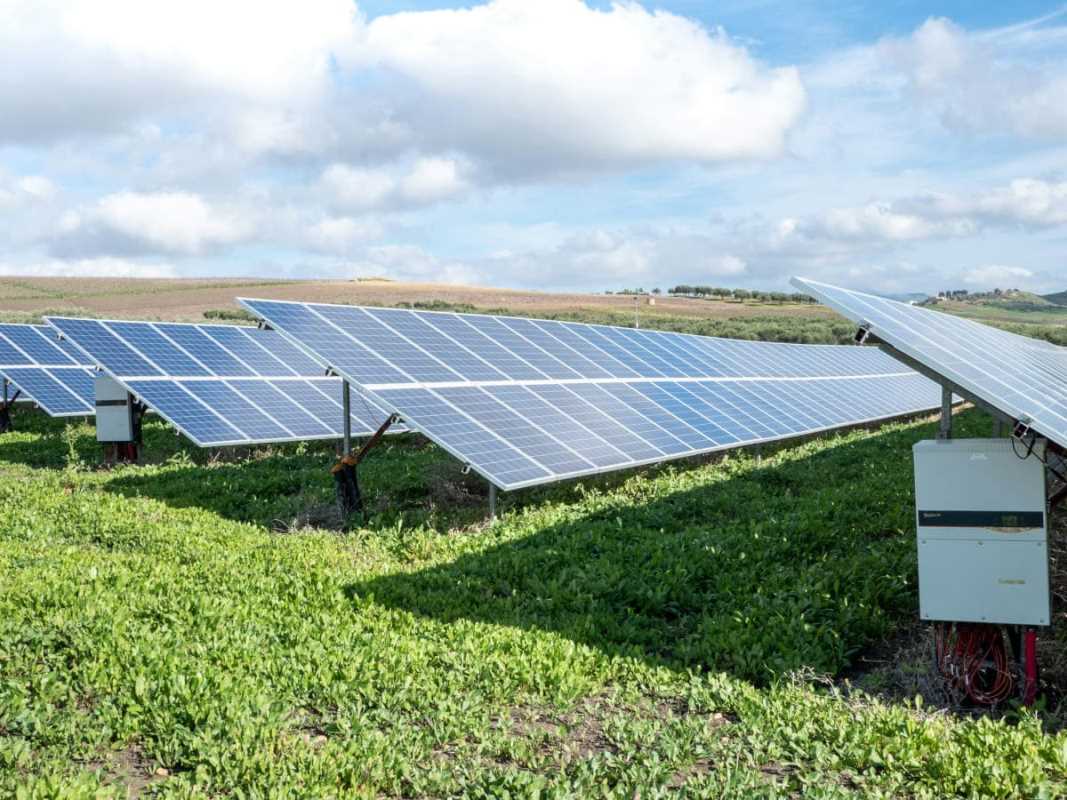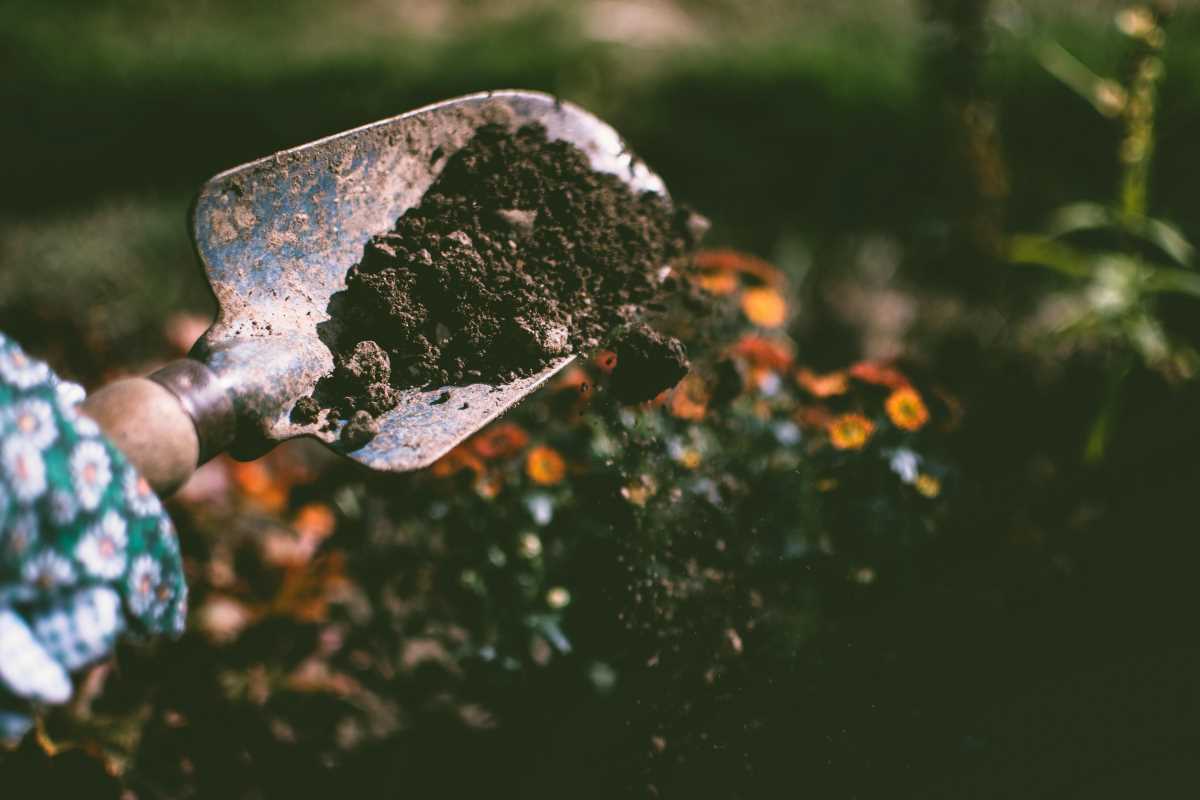Collecting rainwater at home offers a practical way to conserve water and support your outdoor needs. Using basic materials and straightforward instructions, you can assemble a sturdy system that gathers rainwater efficiently in your yard. This method works especially well for those with spacious outdoor areas, allowing you to make the most of every rainfall. A little preparation and effort will let you save water, cut down on utility costs, and experience the convenience of having fresh water available for gardening or other uses. Start with a few simple steps and discover how easy it is to set up your own durable rainwater collection setup.
Rainwater collection not only conserves water but also promotes a sustainable lifestyle. This easy project allows you to use materials often found in most households and hardware stores. The instructions below cover planning, materials, assembly, and basic troubleshooting to ensure your setup runs smoothly during rainy days.
Benefits of Harvesting Rainwater
Capturing rainwater helps lighten the load on local water supplies and minimizes runoff that can erode your soil. Using water from the sky cuts down on your water bill and lessens your environmental footprint. Many people find that a hands-on system makes rainwater an accessible resource all year.
Collecting rainwater also supports healthier gardens and landscapes. The water is naturally soft and free of chemicals often added to tap water. This technique can help produce a more vibrant and resilient outdoor space while saving money and energy.
Planning Your Rainwater Harvesting System
Before starting construction, you need to plan carefully. Think about where your system will work best. Consider roof runoff patterns, potential shading, and available space for storage tanks. A well-planned area ensures maximum capture and less waste.
Evaluate your property, water requirements, and weather trends. Keep these key considerations in mind:
- Location of gutters and downspouts
- Water needs for plants and other uses
- Storage options including barrels or tanks
- Safety measures to prevent contamination
- Overflow and drainage paths
Materials and Tools You’ll Need
Gathering the right materials ensures your system works efficiently. Many supplies can be found at local hardware stores. The list below highlights the basics required for your project.
- Polyethylene or fiber-reinforced plastic storage tank or barrel
- Downspout diverter kit
- Leaf screen or filter mesh
- Basic plumbing tools like wrenches and screwdrivers
- Sealant and flexible tubing
- Brackets or supports for mounting components
Use quality materials that suit your environment. Investing in sturdy items helps the system withstand changing weather conditions and reduces maintenance over time.
Step-by-Step Construction Guide
Building your rainwater collection system is straightforward. Each step follows the previous one to create a reliable setup that meets your water needs. Clear instructions make the process manageable and enjoyable.
- Assess your setup: Examine your roof, gutters, and available storage space to plan where everything will fit best.
- Prepare the collection area: Clean gutters and remove debris from the roof. Install the leaf screen and filter to ensure only clean water enters the system.
- Install the diverter: Attach the downspout diverter kit carefully so that water is directed from the roof into your storage container.
- Set up the storage tank: Place your storage container on a stable surface. Secure it using brackets or supports. Make sure the container is level to prevent leaks.
- Connect and seal: Use flexible tubing to link the diverter to the storage tank. Apply sealant around connections to prevent leaks.
- Test the system: Run water through your gutters with a hose to mimic rainfall. Check for leaks and adjust the setup if needed.
Following these steps carefully helps ensure a lasting and functional system. Stay patient and review each instruction as you work through each part.
Maintenance Tips and Troubleshooting
Regular maintenance keeps your rainwater collection system working well. Simple cleaning routines and routine inspections help prevent issues. The system might develop blockages, leaks, or sediment buildup, and staying vigilant can save you time and effort later on.
Consider these tips when maintaining your setup:
- Clean gutters and filters regularly to avoid clogging
- Inspect seals, tubing, and diverter joints every few months
- Check the storage tank for debris and algae growth
- Ensure overflow outlets remain clear, especially during heavy rains
- Stay informed about local regulations to keep your system compliant
This low-effort project provides long-term benefits to your yard. Building and maintaining a simple collection system allows you to make the most of natural rainwater to support your outdoor spaces.
Use these simple steps to provide cleaner water and support your plants sustainably.
 (Image via
(Image via





